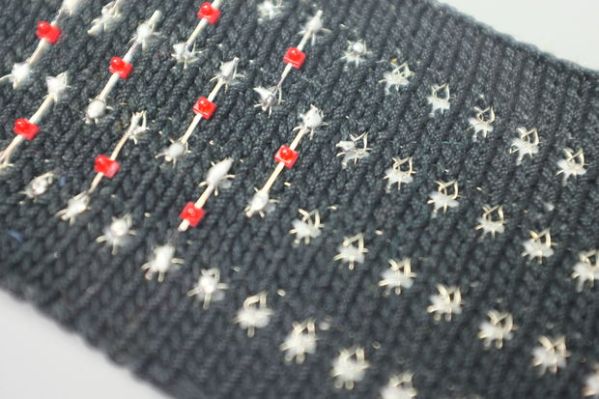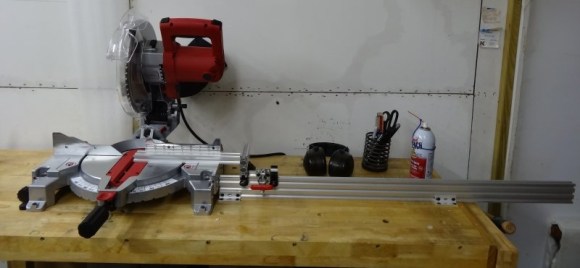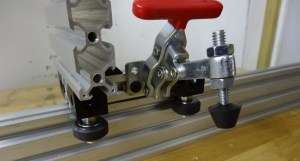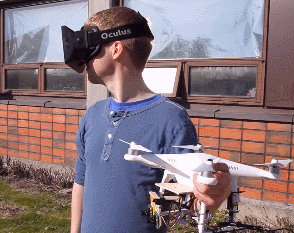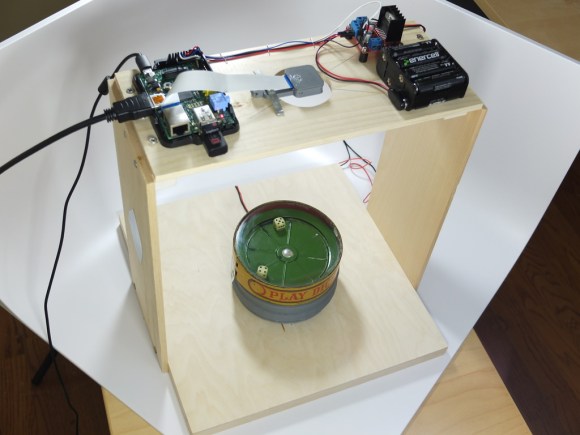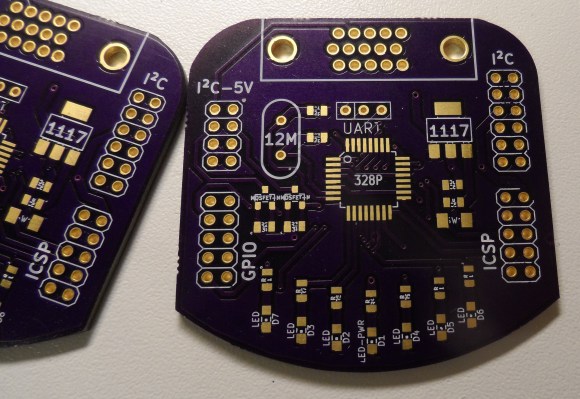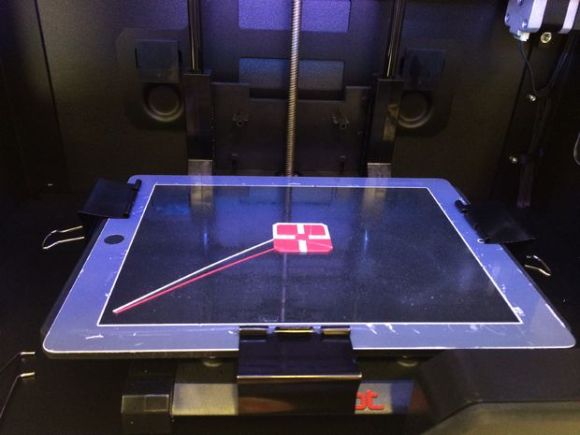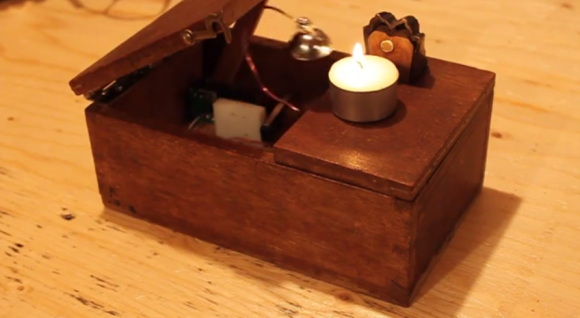
Useless machines are a lot of fun, if not just a little overdone. Looking for a new twist, [bd594] decided to try making one that integrates a candle — it works quite well!
While not quite as impressive as some of [bd594’s] previous projects, like his rendition of Bohemian Rhapsody on old school computer equipment, we like how he used regular DC motors in this design, instead of servos (the easy way).
A PICAXE14M2 microcontroller controls the H-Bridge responsible for the geared DC motors (taken from a Mac floppy drive), and a light sensor checks for the flame. He’s also made use of some NPN transistors to invert some logic levels to show you if you’re running low on I/O pins, its always possible to incorporate some other discrete components like a transistor to achieve your design.
Among others, some great alternative spins on the “useless machine” include the moody useless machine, an even more useless machine (featuring 8 switches!), a pull-string version, and even a rather ridiculous elevator button pressing useless machine!
Stick around to see this one put out the candle (Caution: Very exciting).

